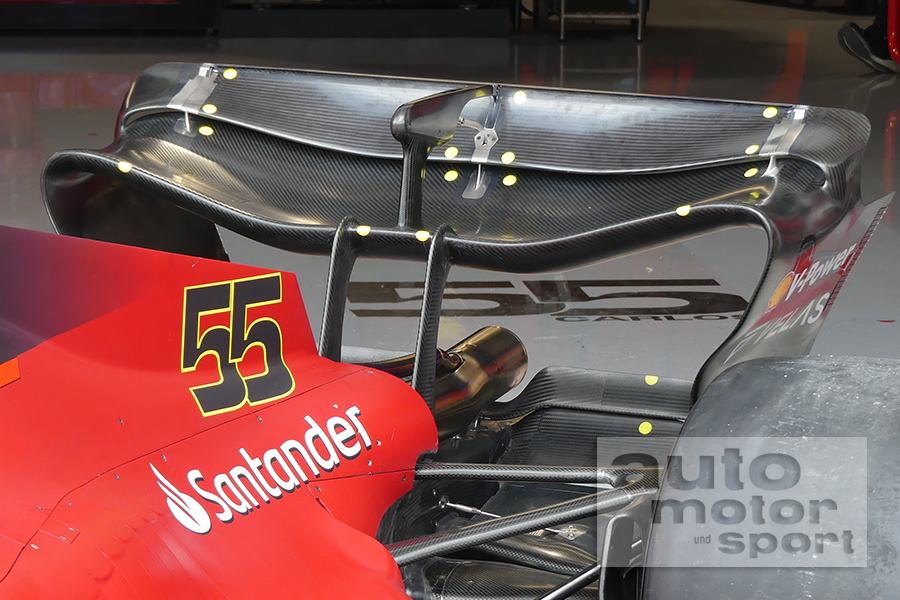A few points.Juzh wrote: ↑06 May 2022, 10:15Haha, obviously not, but if you've got less drag then you cover the straights faster while using less overall energy to do so and this can add up when your car is significantly more slippery than competition.AR3-GP wrote: ↑06 May 2022, 02:43The drag has nothing to do with the clipping. The MGU-K and ES doesnt know or care how much drag the car has. All it knows is to deploy at 120Kw and when to harvest. If the Ferrari is clipping, it’s because they have run out of energy before another recovery zone or the ECU is thermally throttling the deployment. The former is more likely, but in theory, the latter can also occur. We don’t know if they run out of energy or it’s being thermally throttled.Juzh wrote: ↑06 May 2022, 01:52
This assumption was wrong from the beginning. Ferrari power advantage and red bull's vastly lower drag was so plainly obvious already in bahrain. It was for me anyway, digging trough piles of footage, telemetries, sectors, comparisons etc, etc... I came to almost identical conclusion as F1DataAnalysis in this post back in march:
viewtopic.php?p=1047244#p1047244
So both methods, an observational (mine) and more scientific (F1DataAnalysis) converged on a similar result.
This is just entirely false and I see it thrown around everywhere by layman observers. All engines deploy at maximum power as early as traction allows it, because it's the fastest way to cover any given straight. No one ever uses partial mgu-k deployment on any meaningful straight just to maybe get a few extra kmh on the top end. You'll lose waaay more in the meantime than what you'll gain back on top end. It's been like this since 2014.
The reason you see red bull clipping less than others is because they've got so much less drag and maybe because honda is superior in energy recovery by various means. We're not seeing this performance on alpha tauri though, so this is more a speculation.
Literally the first time I've heard of thermal throttling on the mgu-k/CE on an f1 car since 2014 (there were problems on RB kers back in v8 days but thats it). You have any links to these things ever being talked about?
1) Your explanation about “using less energy to do so” is incorrect. Both cars are deploying at 120Kw for a fixed amount of time. The product of the power and the deployment time governs the “energy used”. Drag has absolutely zilch to do with the energy spent by the ERS when going down the straight. However, there is a small effect in that drag consumes energy irreversibly, which reduces the total accessible energy available to be recovered at the end of the straight, but consider that most the braking energy is being lost irreversibly in the front axle so whatever marginally larger energy content that is accessible, is still dwarfed by the amount being wasted on the mechanical front brakes.
2) As for the latter point about the thermal throttling, I clearly stated in the post that I don’t know (I.e I made it up). I didn’t say this is what Ferrari claim.






